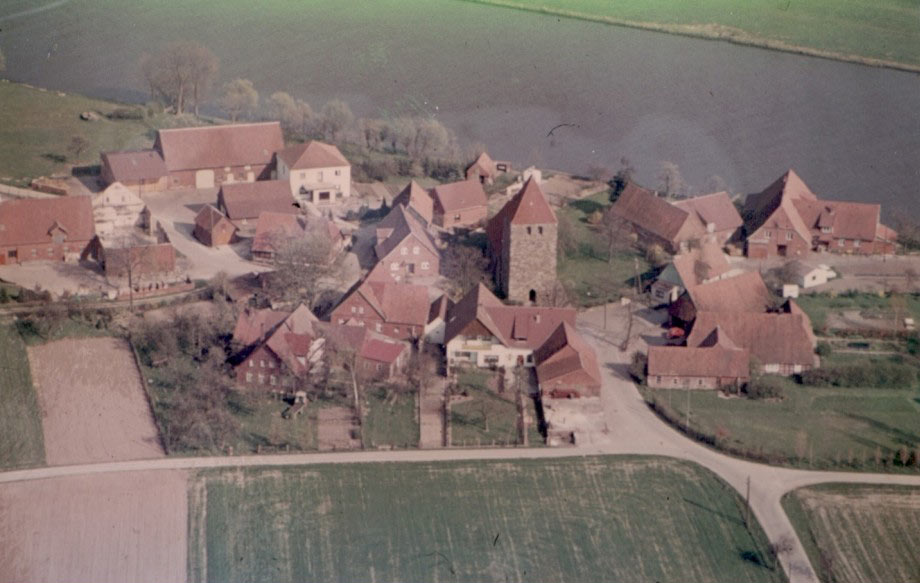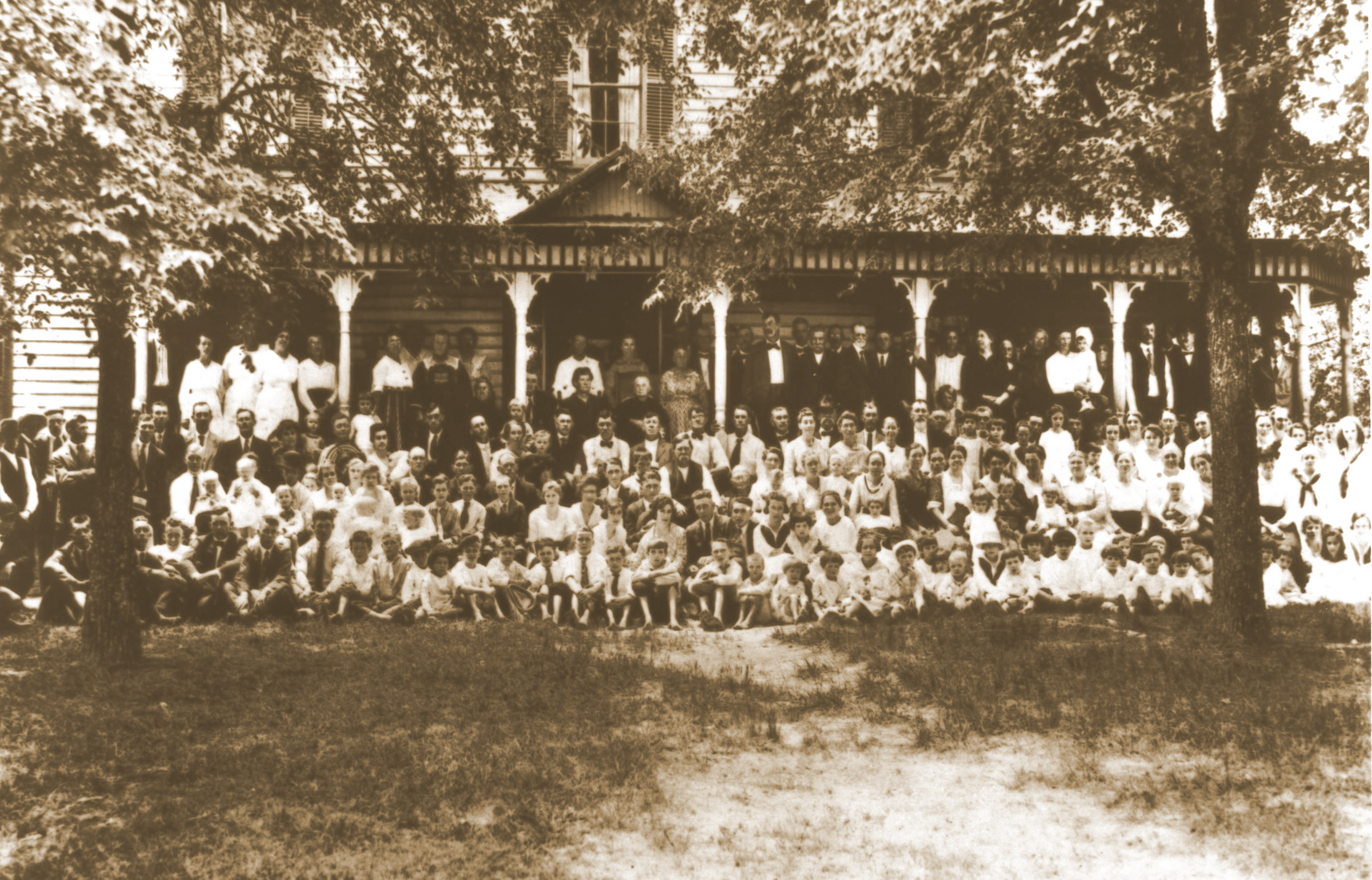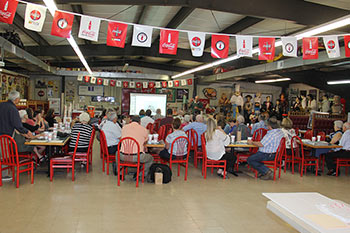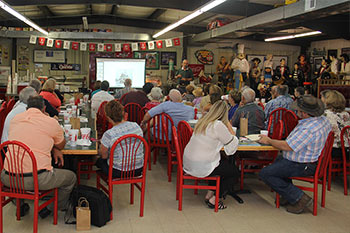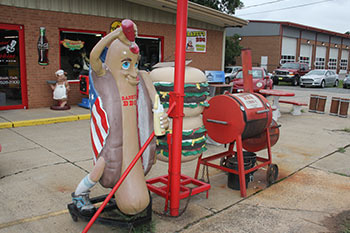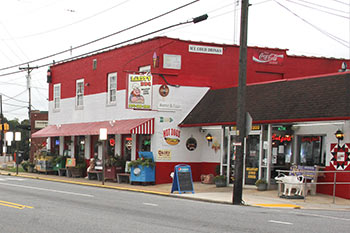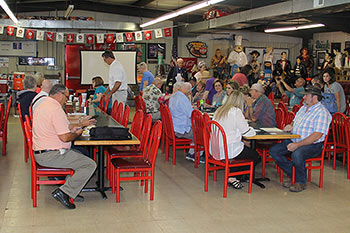CHAPTER 6
IMAGINING the 1600's and EARLY 1700's in GERMANY
Even though we are still uncertain of where our Lippard family was living when they decided to emigrate, let us surmise that their lives were likely based on an historic paradigm common to their time and general location. Not everyone in a German town or village can have the same talent or trade. Although most are probably farmers, to make a village it takes a number of people engaged in different skills. However, imagine that it is now a very early spring day, perhaps in March of the year 1737. We are in a small village perhaps in the Hesse or Palatinate area of Germany, not too far from the Rhine River or one of its tributaries. The village hugs the bank of a small stream or river, essential to the village for water wheel milling. A low stone wall encircles the village, which is skirted on one side by a muddy and deeply-rutted road. Also, outside of the wall, the village is surrounded by fields. In the case of Gensungen, the small village of Mittelhof just outside of Gensungen is adjacent to the Hessian Principality Brick Works. Many other towns had a combination of agriculture, trades, and industry.
The villagers live in tiled or thatch-roofed, wooden, brick, or stone cottages. These cottages and barns huddle together along narrow pathways. Crowded close by or even attached to the cottages are the barns and sheds that shelter the cows, sheep, pigs, and chickens. At each barn door rots a manure pile. Nearby the village may stand a windmill where a local miller grinds the grain from the surrounding fields primarily for the local lord or prince and secondarily for the villagers. In the center of the village stands the church, often with a tower built like a fortress with small slots to shoot arrows or guns through in time of attack reminding us of the church in Gensungen.
Religion is the center of the villagers' lives. Since the Protestant Reformation in the mid-1500's, the people of this village have been primarily of the Lutheran or the German Reformed faith, followers of the teachings of Martin Luther, Philipp Melanchthon, John Calvin, or Ulrich Zwingli. This is also true of many other villages under the control of their lord. Other lords and the people of their villages may have remained followers of the Catholic Church or even the Jewish religion.
For many years the Protestant Germans have been at war with the Catholic French, fighting back and forth from village to village across frequently shifting borders. Imagine that early on this particular morning, life in the village seemingly goes on as it has for generations. Many of the villagers are already walking from their cottages to the fields to plow, break up the clods, plant, or hoe their crops while the artisans, shop keepers, skilled laborers, etc., are already busy at their various talents.
The road to the north leads to the distant castle, the home of the local prince who controls all the surrounding countryside and villages in this still feudalistic society. The peasants are bound to work the land for the benefit of a prince or lord who offers them for their labor certain services including military protection from attack by their enemies. However, it was also a common practice in Hesse for the local rulers to bind out their young men to fight for other rulers, even in other countries.
Several young boys are driving the livestock out of the village to nearby communal pastures to graze on the early spring grass. On the distant horizon they can see a village not unlike their own. Suddenly, from the distant village they see smoke rising -- that distant village appears to be in flames. They hear terrifying booms and a beating drum. They pause and look at each other in fear as they realize that enemy soldiers are now marching toward them and their village. The boys run home screaming, knowing that the Catholic, French soldiers are coming again as they have come so many times before to attack them, Protestant Germans, the French soldiers' hated enemy.
Villagers attempt to flee from the onslaught of the French troops, carrying and leading the children, the crippled, and the elderly. They flee toward the prince's castle. The boys run ahead toward the castle to alert the prince and his soldiers. But as they have in years past, the approaching French troops kill the livestock, and trample the young crops in the villagers' newly planted fields. They rapidly engulf the village where they pillage the cottages, workplaces such as a brickyard, a pottery or glass "factory," and shops and set many aflame. Some of the villagers do not escape but are killed or wounded.
With trumpets sounding the battle call, the German prince and his soldiers sweep into the village to confront the French, and the battle rages. Finally, the French troops retreat leaving behind them appalling death and destruction. Slowly the villagers who fled begin to return to their village as they have so many times before. They search for missing relatives and friends. They attend to the wounded and mourn as they bury the dead. Amazingly, this time as before the village church, built like a fortress, has been only damaged, not destroyed. As the people return to the village to rebuild again, the church bell and chimes celebrate survival – the enemy has retreated, the villagers praise God for their survival, and they turn their thoughts to the future.
In reality, over the years in this part of Germany, thousands of villagers have been slain. Others have died of starvation when crops and livestock have been plundered or destroyed. Still others have died of plague and of exposure when homes and shops have been leveled. But after each devastating attack, life goes on.
OUR LIPPARD ANCESTORS IN 1738
Let us continue to imagine that our Lippard family is among the inhabitants of this small village. They are among the villagers who must now turn their thoughts to their future lives. Perhaps you can identify specifically with one of our family members and thus share that person's story. It is still spring, 1737, and here they are, our family as we know them.
Conrad, age fifty-seven, though considered old in those days, still the head of the family.
Conrad's Wife, Anna Maria Martin (?)
Anna Martha, age about twenty-four, Conrad and Anna Maria's daughter.
Elisabeth Brown, age about two, possibly a granddaughter by a deceased daughter, or an orphan they took in.
Wilhelm, age thirty-eight, Conrad and Anna Maria's son.
Catharina Elisabeth Neidhardt, age about twenty-25, Wilhelm's wife, who is probably pregnant or the mother of new-born Magdalena, who was probably born in the year, 1738; at least Magdalena was confirmed along with her brother Christian who was probably about two years older at Faulkner Swamp German Reformed Church in Philadelphia (later Montgomery) County, Pennsylvania, in 1751. Perhaps other children born in Germany were Anna Catherina, Robert, John, and Christian.
